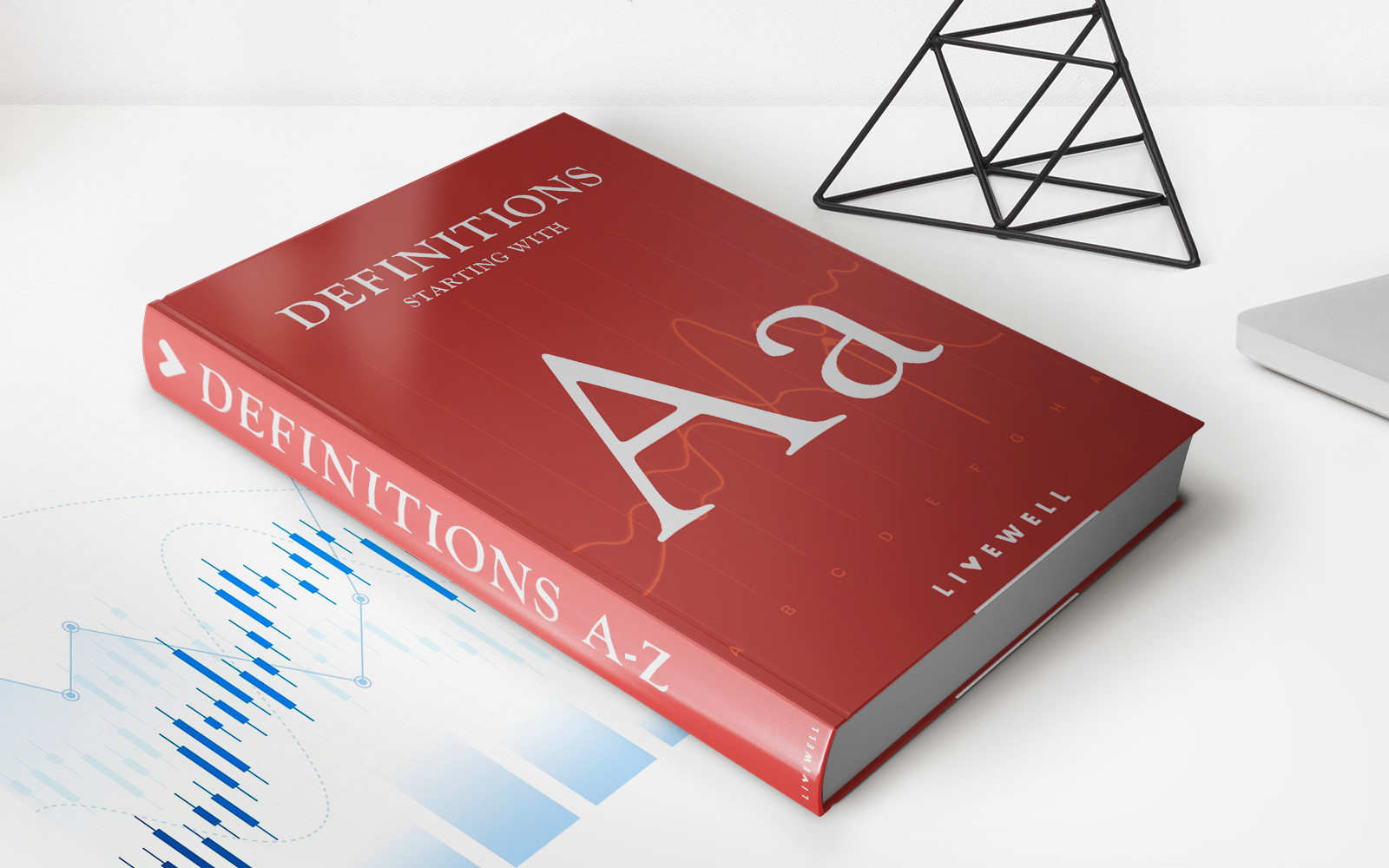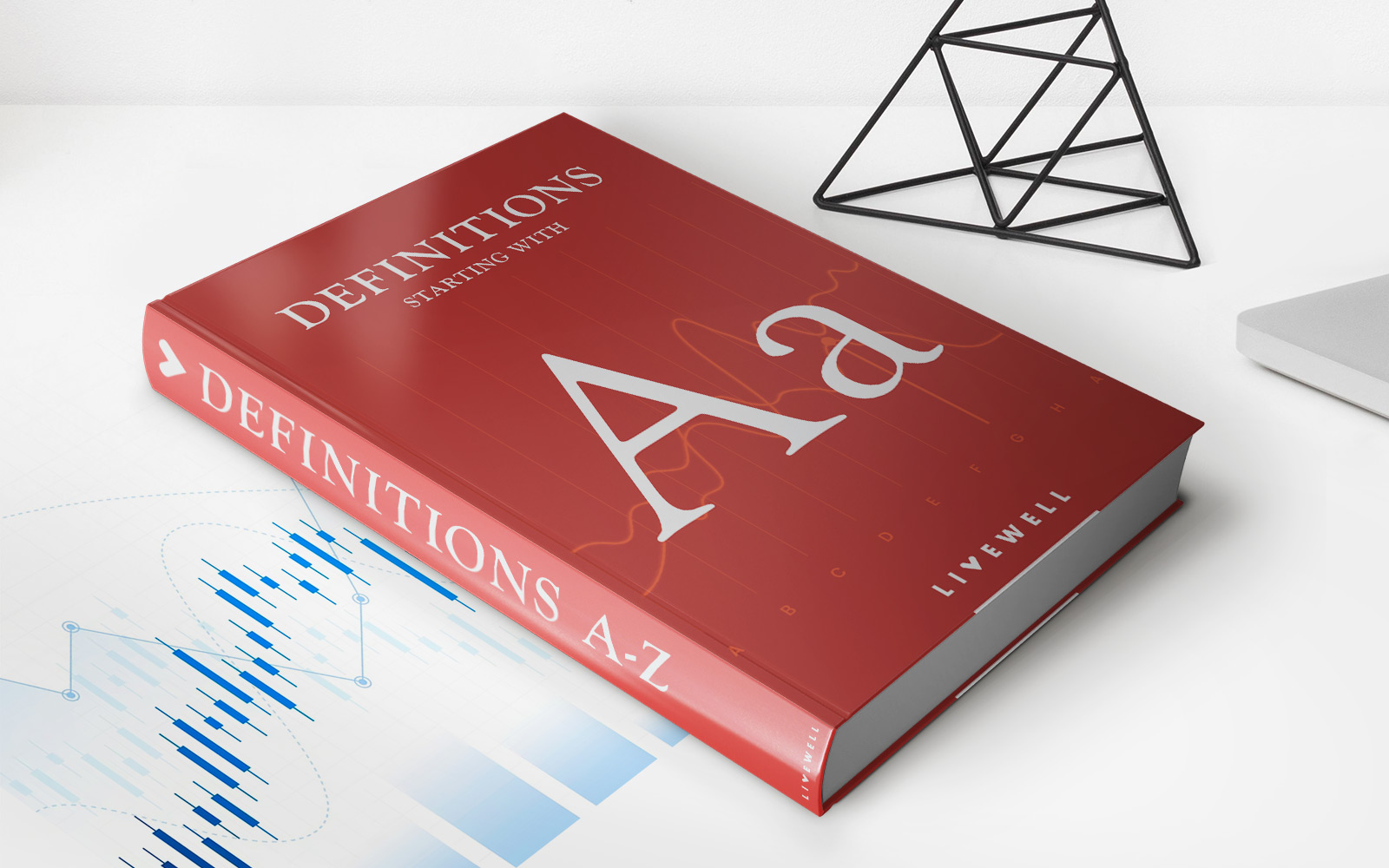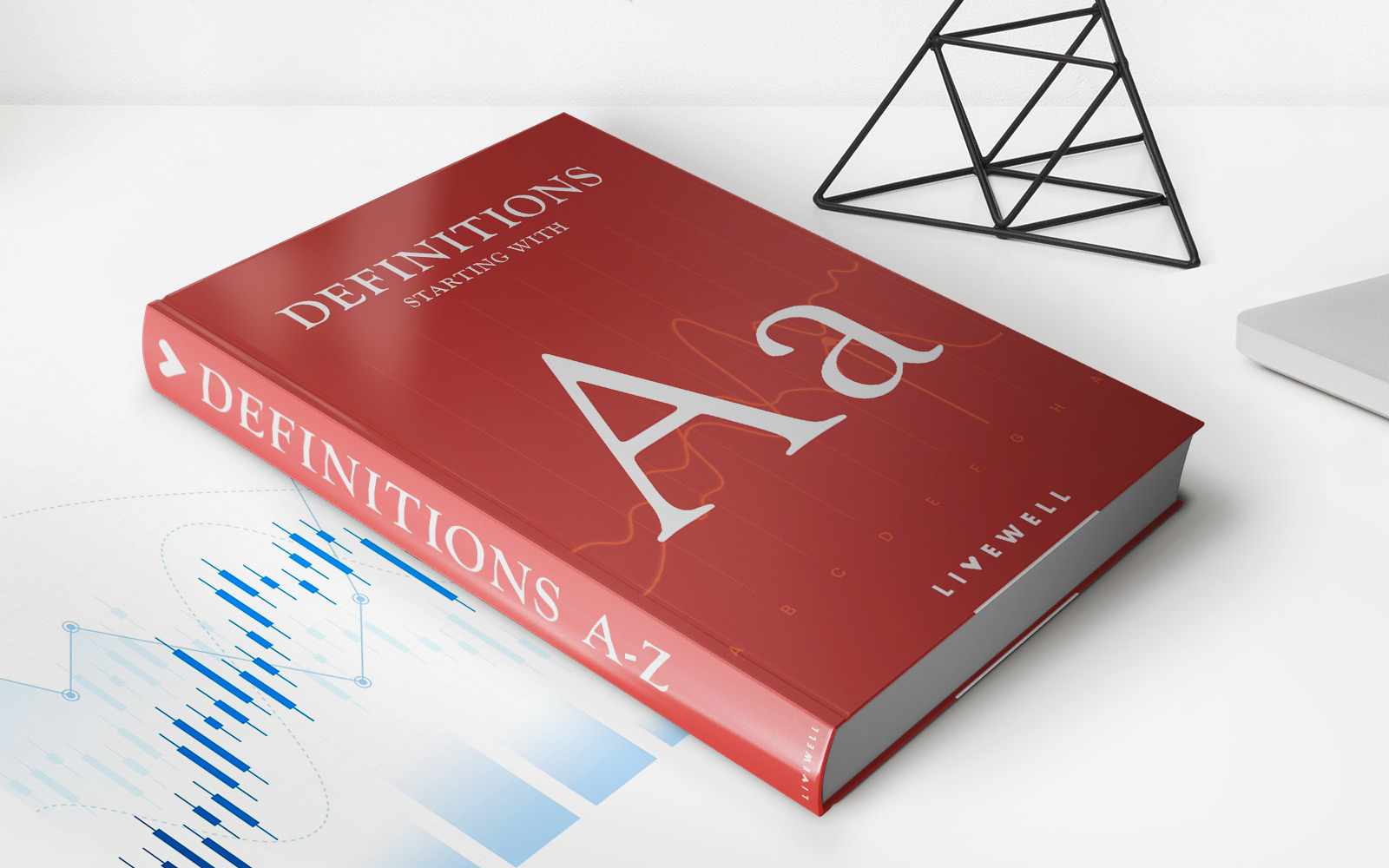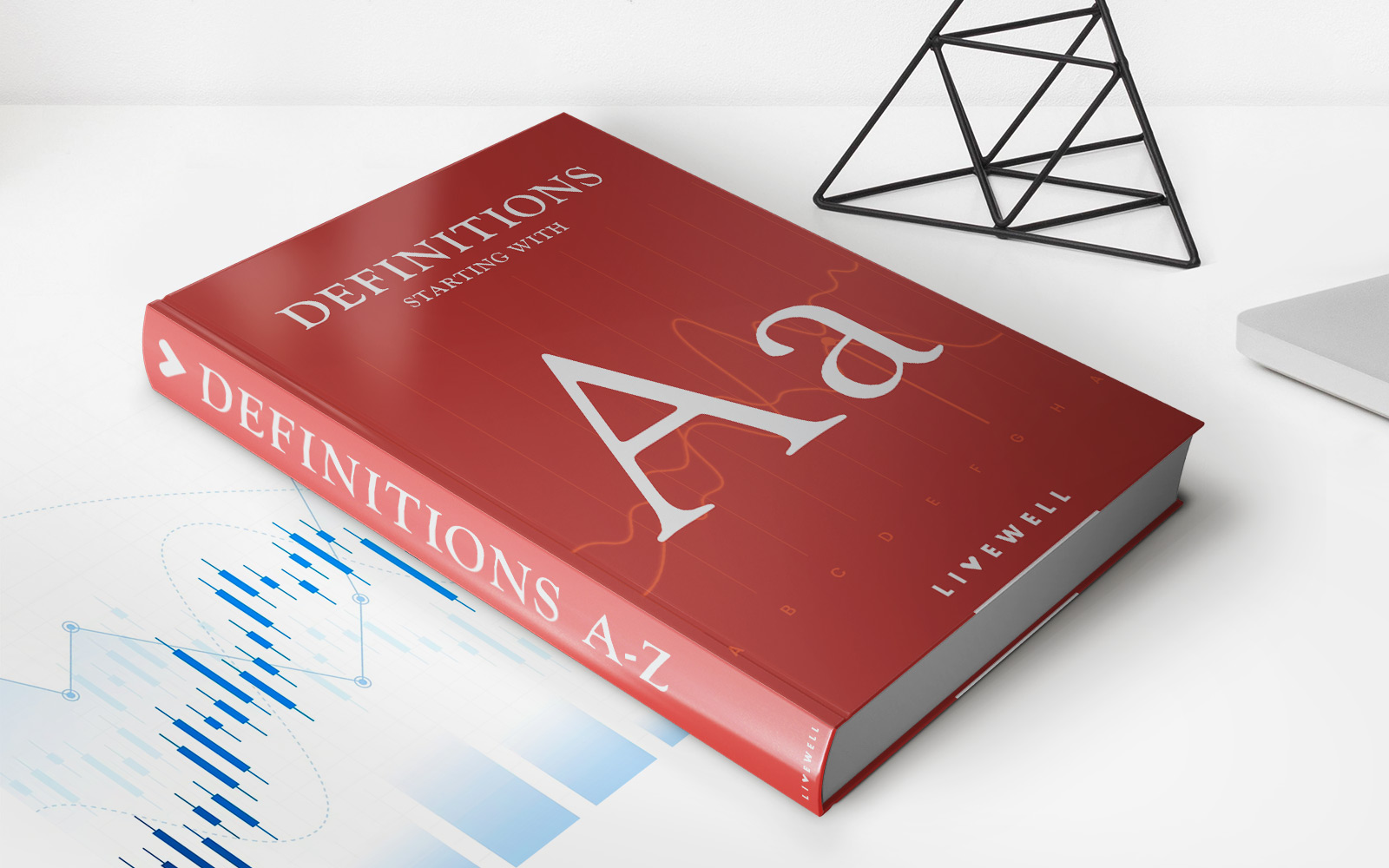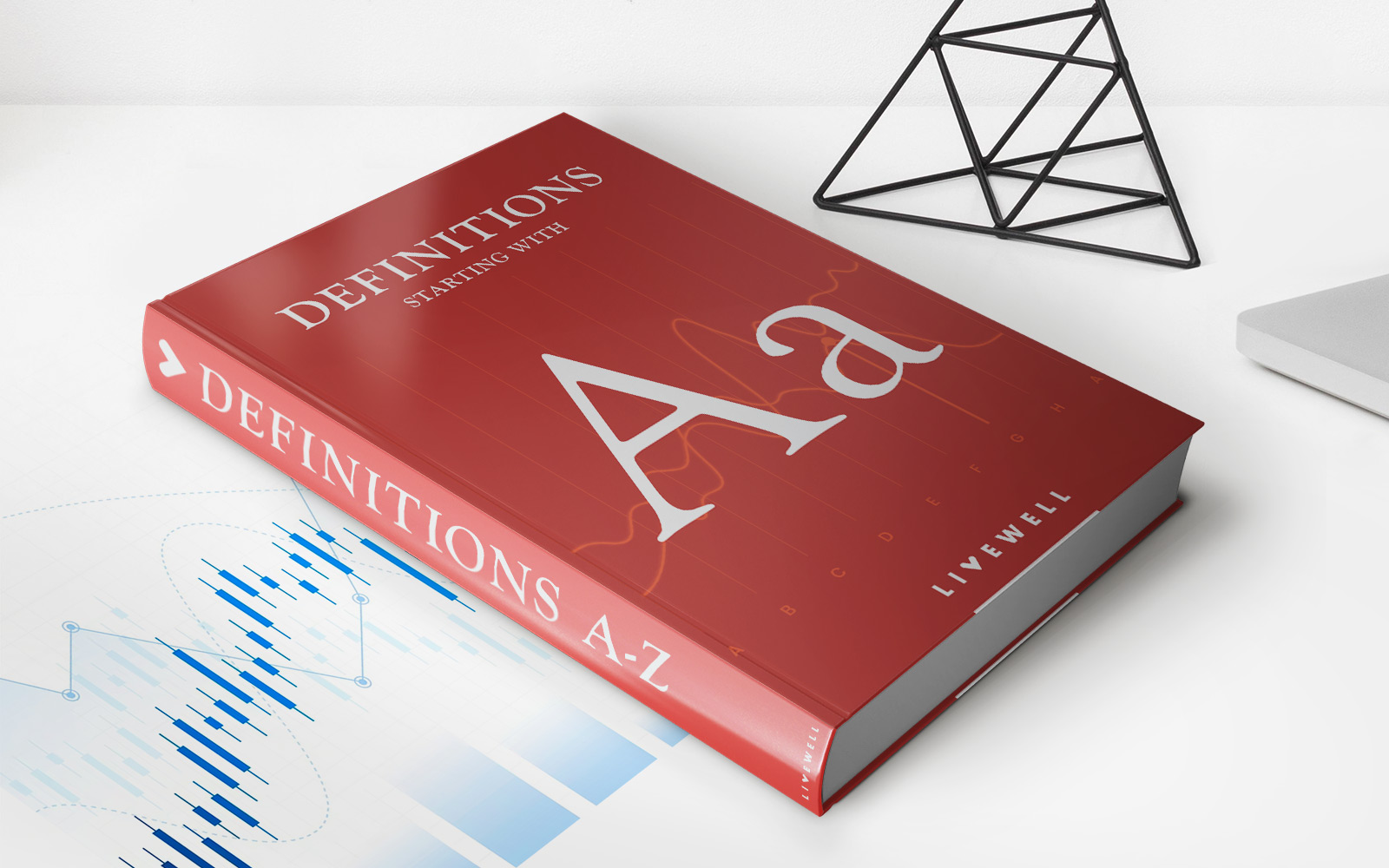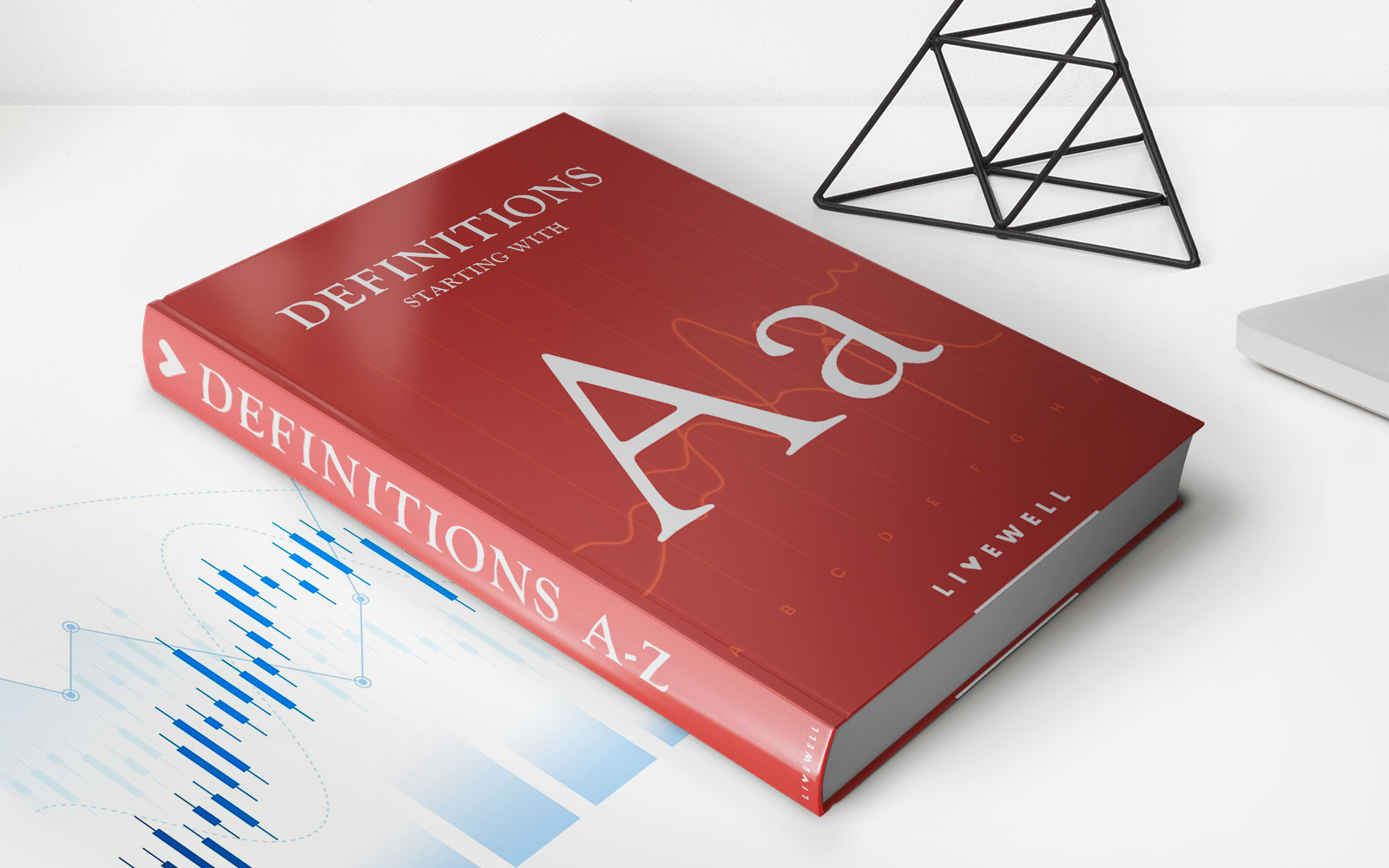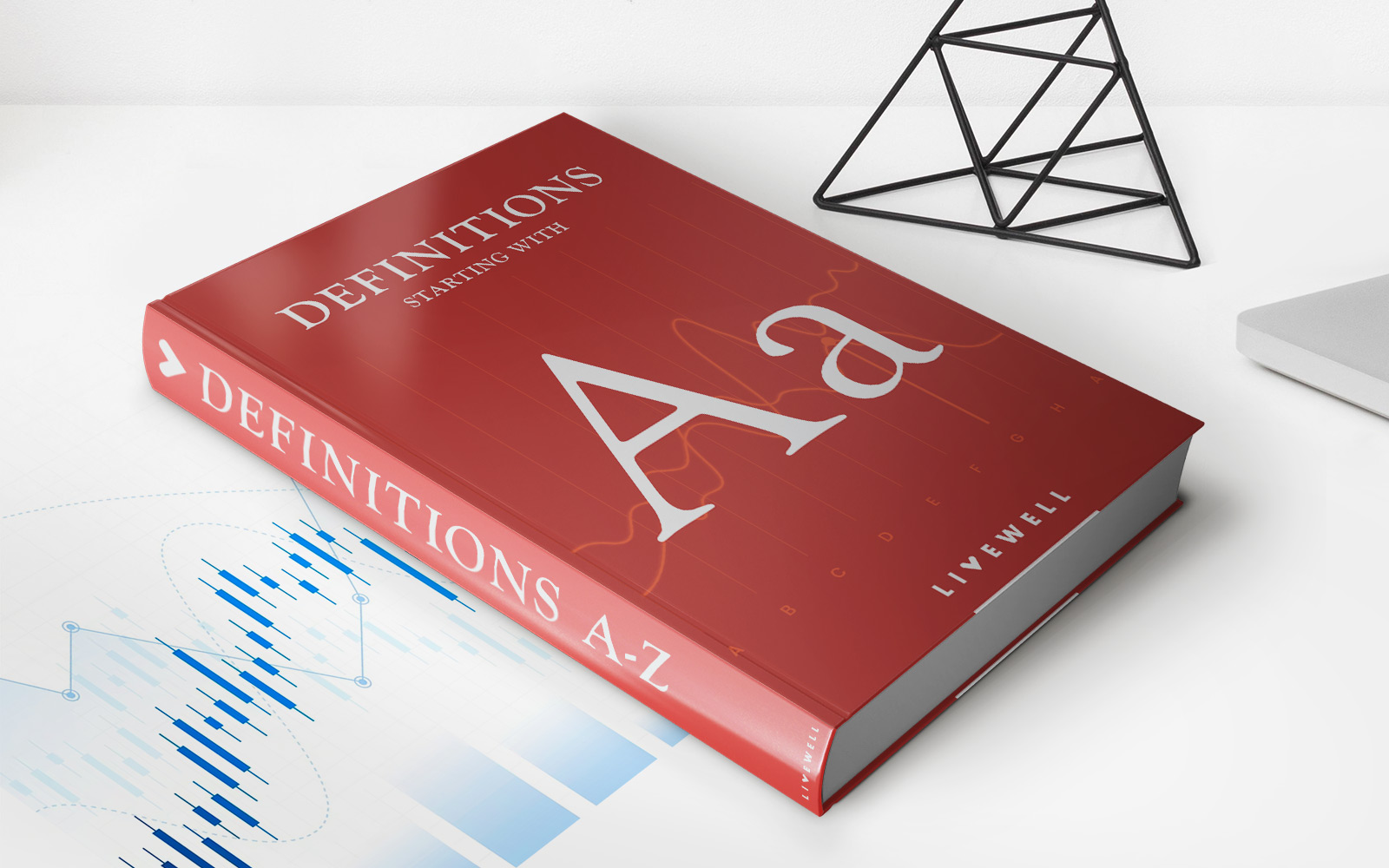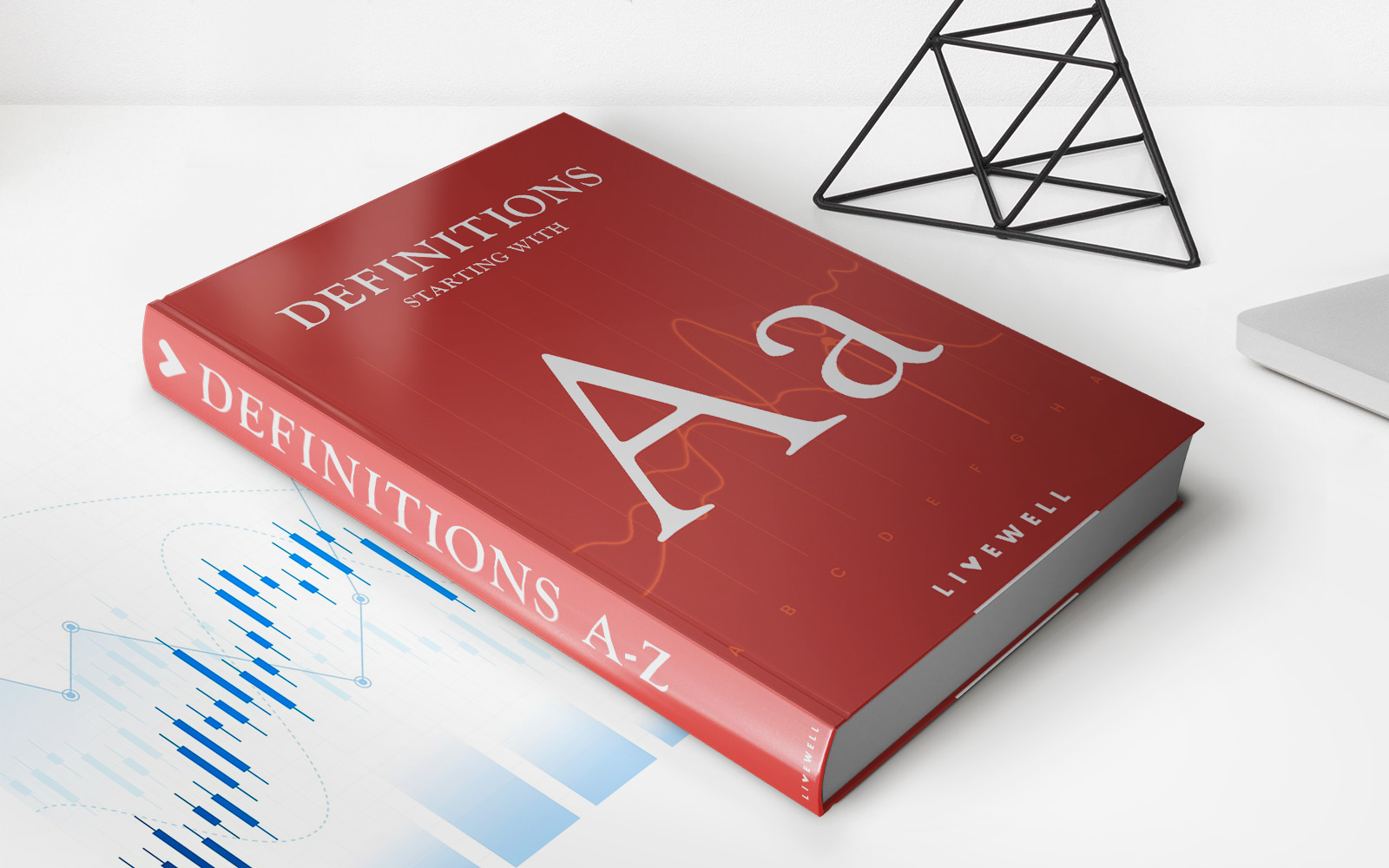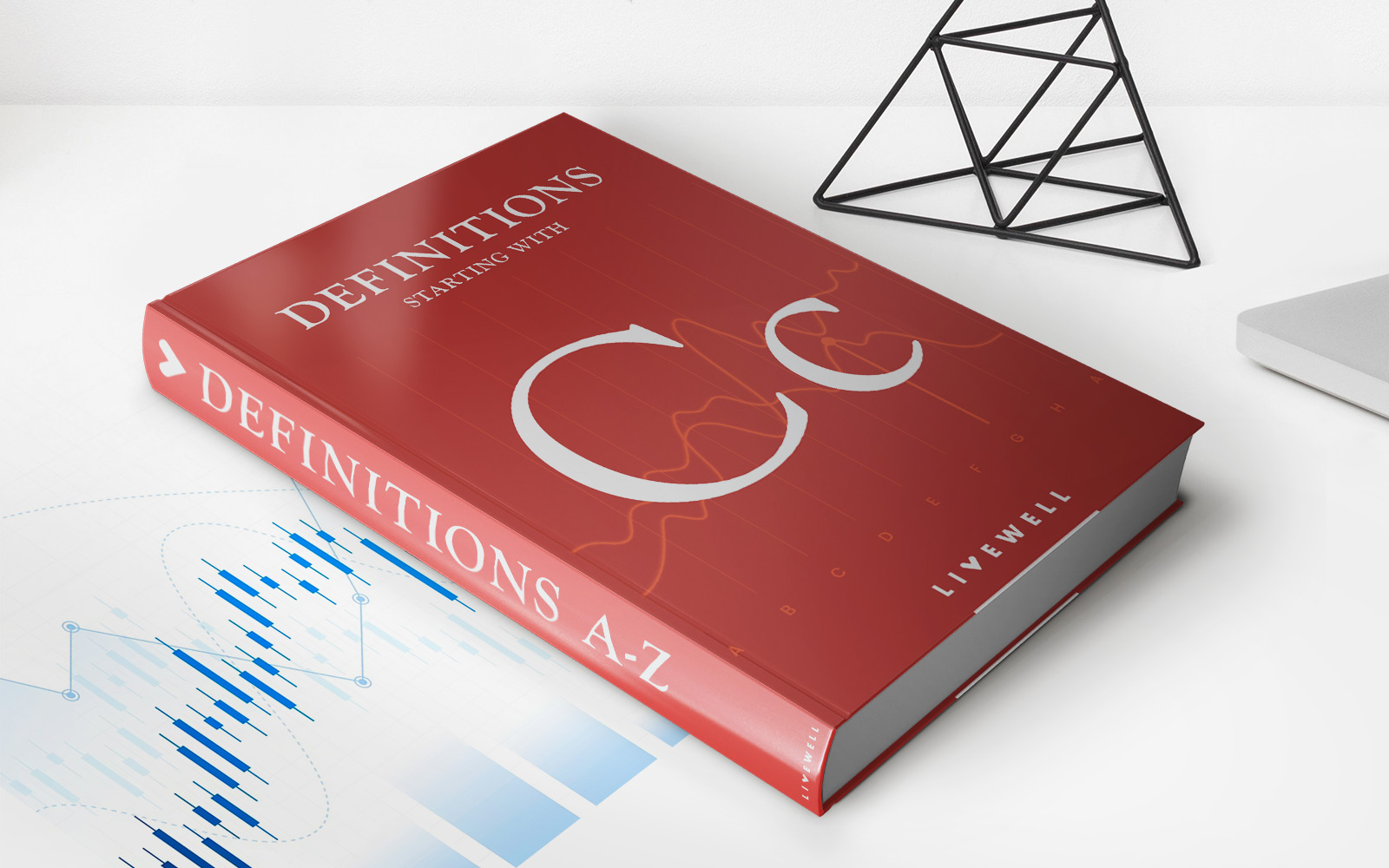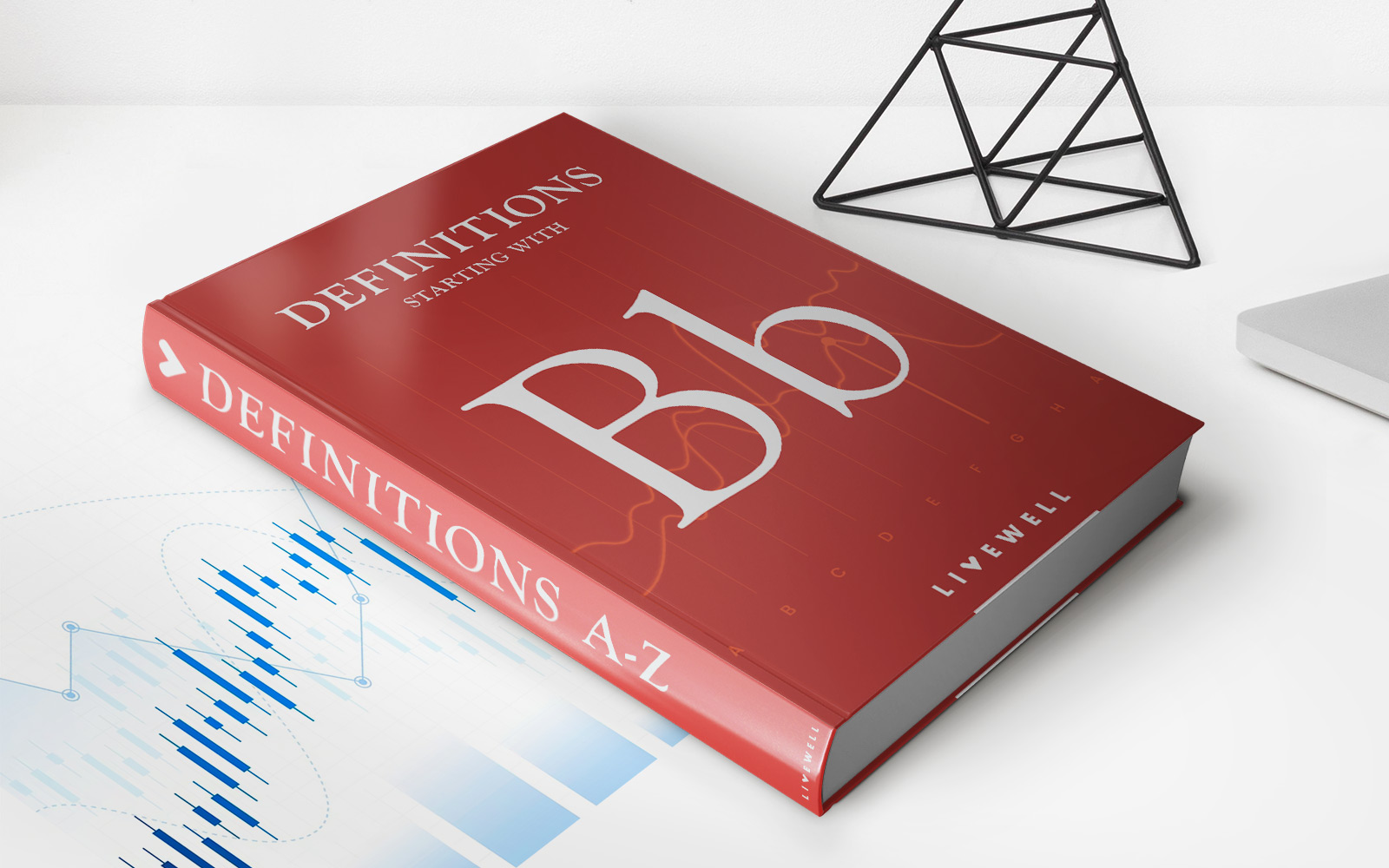

Finance
Bunching Definition
Published: October 20, 2023
Learn the meaning of bunching in finance and how it impacts investment portfolios. Discover its benefits and risks for strategic financial planning.
(Many of the links in this article redirect to a specific reviewed product. Your purchase of these products through affiliate links helps to generate commission for LiveWell, at no extra cost. Learn more)
Understanding Bunching Definition: An Expert’s Guide
Welcome to another informative post in our “FINANCE” category! In today’s blog post, we will delve into the concept of “bunching definition” and explore how it can impact your financial choices. Whether you’re a budding investor or simply looking to optimize your financial decisions, understanding bunching definition can prove to be invaluable. So, let’s dive right in!
Key Takeaways:
- Bunching is a financial strategy that involves clustering together certain expenses or deductions in a single year to maximize tax benefits.
- This technique is often used by individuals who aim to exceed the standard deduction threshold and take advantage of itemized deductions.
In simple terms, “bunching” refers to the practice of grouping similar expenses or deductions together within a specific tax year. The purpose of bunching is to surpass the standard deduction threshold set by the Internal Revenue Service (IRS) and maximize your tax savings.
Now, you might be wondering, “Why would someone choose to bunch their expenses?” Well, the answer lies in the difference between the standard deduction and itemized deductions. The standard deduction is a fixed amount of money that reduces your taxable income, regardless of your actual expenses. On the other hand, itemized deductions allow you to claim specific expenses, such as medical bills, mortgage interest, or charitable donations, and deduct them from your taxable income.
Here are a few scenarios where bunching definition can be advantageous:
- Medical Expenses: If you anticipate high medical expenses in a particular year, you could bunch them together and exceed the threshold for deducting medical expenses. This way, you can take advantage of the tax savings that come with itemized deductions.
- Charitable Donations: By bunching your charitable contributions, you can potentially reach the itemized deduction threshold and receive a larger tax benefit.
- Mortgage Interest: If you have a mortgage and are nearing the standard deduction limit, bunching multiple years’ worth of mortgage interest payments in a single tax year could make it worthwhile to itemize.
It’s important to note that bunching requires careful planning and consideration of your overall financial situation. Collaborating with a qualified tax professional can help ensure that you maximize your tax savings while staying within legal boundaries.
In conclusion, understanding the concept of bunching definition can help you make informed financial decisions to optimize your tax benefits. By strategically grouping together specific expenses or deductions, you can potentially surpass the standard deduction and take advantage of itemized deductions.
We hope this blog post has shed some light on the concept of bunching definition and its potential benefits. Remember, when it comes to taxes and finance, knowledge is power!
